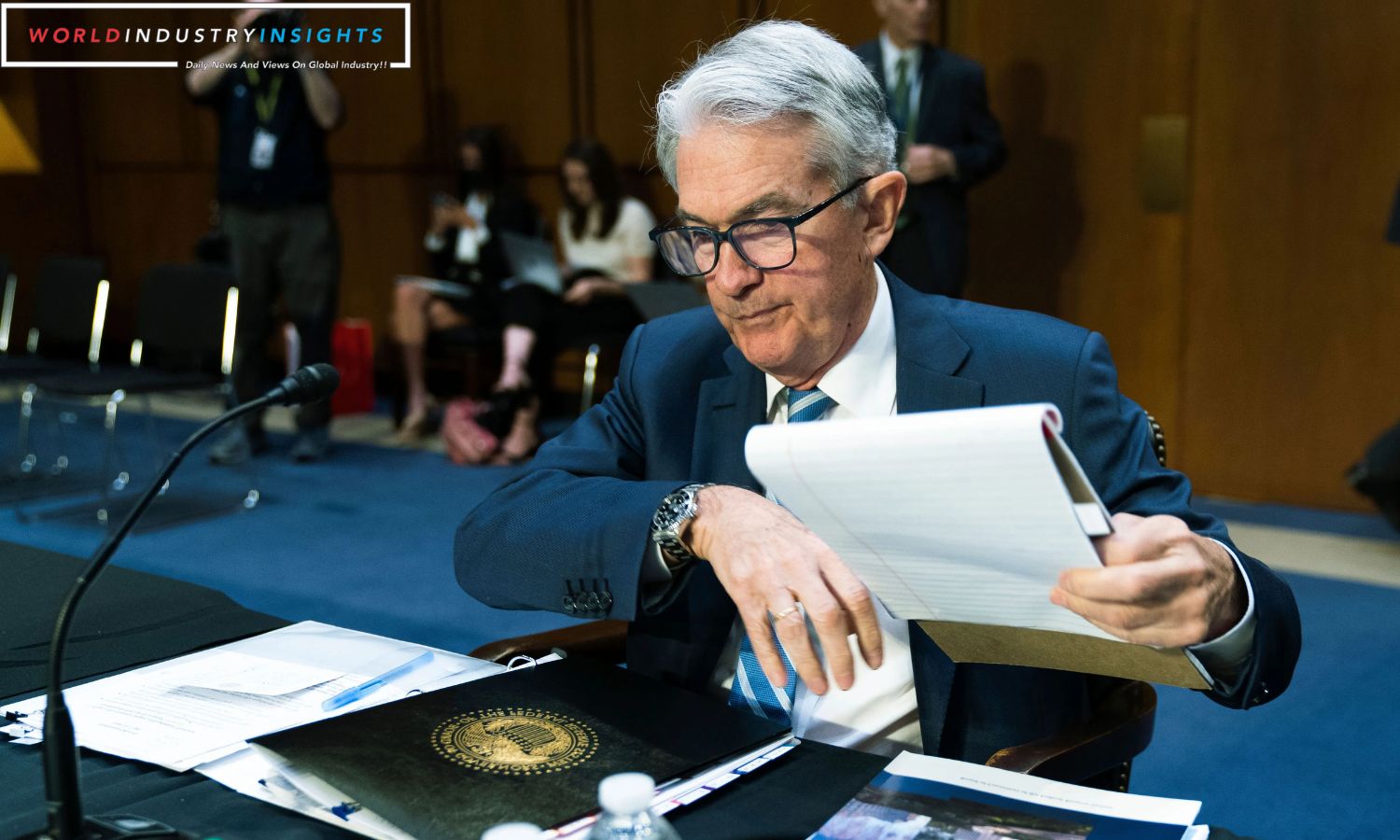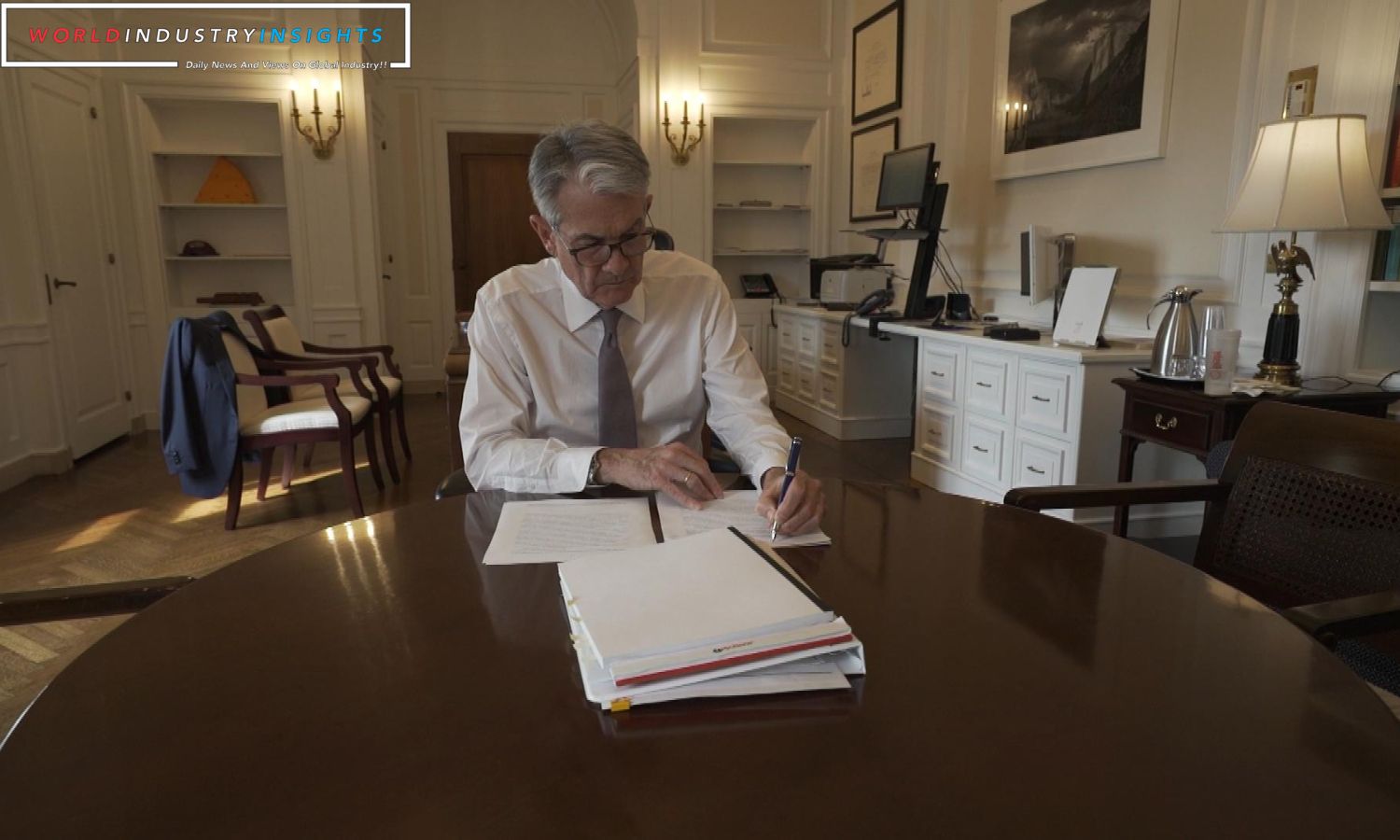Powell Verbal Balancing Act: As financial markets continue to grapple with the Federal Reserve’s messaging on its commitment to keeping interest rates elevated, traders are closely monitoring the upcoming remarks from Fed Chair Jerome Powell. This addresses the growing skepticism within the market, challenging the central bank’s assertion of a prolonged period of higher interest rates. Powell’s speech at Spelman College on Friday serves as the last opportunity for the Fed to shape expectations before entering its blackout period ahead of the critical December 14 announcement.
The challenge Jerome Powell faces is rooted in the ongoing narrative surrounding inflation. Recent data on Thursday revealed a moderation in the PCE price index, the Fed’s preferred measure of inflation, reaching its lowest point since March 2021. Additionally, the consumer price index, disclosed earlier in the preceding month, indicated a year-on-year increase of 3.2% in October, a decline from the peak of 9.1% observed in June 2022.
Powell’s task of guiding market expectations may have become more complex this week, as traditionally hawkish policymaker Christopher Waller raised the prospect of rate cuts if the downward trajectory of inflation persists. Notably, market participants have swiftly adjusted their expectations, with a complete pricing-in of a rate cut by the May meeting. The CME’s FedWatch tool now indicates an almost 50% probability of a rate cut occurring in March, a substantial increase from the 21% chance noted just a week ago.
Also Read: Powell Verdict Rattles Markets: A Day of Turbulence and Uncertainty
The financial landscape has seen significant repricing, particularly in bond markets, where yields have experienced a notable decline. The U.S. benchmark 2-year yield, for instance, has dropped approximately 27 basis points within the span of a week. Meanwhile, the 10-year yield, an essential barometer for broader market sentiment, has decreased by around 15 basis points, reaching its lowest level in 2.5 months on Thursday at 4.247%. This decline is noteworthy, considering the peak it achieved above 5% on October 23.
The impact of these developments is conspicuous in the weakening of the U.S. dollar. The dollar index, measuring the currency against six major peers, recently touched its lowest point since August 11, reflecting a decline of over 3% in the past month, marking its most challenging month in the last year.
While the month of November witnessed a significant downturn for the U.S. dollar, the equity markets experienced an exuberant rally. MSCI‘s World Stock Index concluded the month with a robust 9% gain, marking its most substantial one-month surge since November 2020. This surge in equity markets was attributed to the optimism surrounding COVID-19 vaccines.
As December commences, the positive momentum in equity markets appears to persist, albeit with a slightly more subdued tone. Europe’s STOXX 600 index has gained 0.7%, and Wall Street futures are trading marginally higher, maintaining the positive sentiment that characterized the preceding month. The dynamics within financial markets underscore the ongoing interplay between central bank policies, inflationary pressures, and investor sentiment, creating an environment where market participants closely scrutinize every word from central bank officials for insights into future monetary policy actions.
Our Reader’s Queries
What is the new Powell Doctrine?
Before any military action is taken, the Powell Doctrine requires affirmative answers to questions regarding national security interests, ground forces’ strike capabilities, and widespread public support. This doctrine is heavily influenced by the Weinberger Doctrine. The emphasis on these factors ensures that military action is taken only when necessary and with the support of the public.
What did Jerome Powell say about interest rates?
During a recent news conference, Chair Jerome Powell stated that the Federal Reserve officials are unlikely to raise interest rates any further due to the consistent cooling of inflation. This decision has been made after careful consideration of the current economic climate.
Will Feds raise rates in December 2023?
According to reports, none of the Federal Reserve officials anticipate an increase in rates by the end of next year. The Fed has been on a rapid rate hike campaign, raising the policy rate by 5.25 percentage points since March 2022. However, since July, the rate has remained steady as inflation approaches its 2% target rate, down from a high of over 9% in 2022.
Why is the Federal Reserve slowing the economy?
To keep inflation in check, the Federal Reserve uses interest rates as a tool. If inflation is too high, the Federal Reserve will increase interest rates to slow down the economy and reduce inflation.


